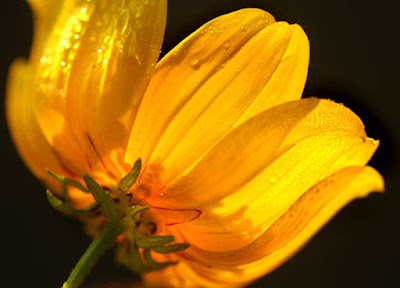


A (growing) weed, tree, and wildflower identification guide, with Kirk Jordan and friends










Just a note: This series is all from previous years, but I see I am getting searches related to yellow flowers in Arkansas. Our two most dominant yellow flowers, beyond the little roadside ragworts are Tickseed and the Willow-leaf sunflower. I've got great newer images of both but will post when I have time. Until then
Willow leaf: 14 bracks (yellow petals) overall flat look to the bloom
Ticks seed: 8 bracks, cup shaped,
More to come
All images, late September, Early October (2003/04)
http://www.ct-botanical-society.org/galleries/bidensaris.html
Bidens polylepis (?)
http://www.illinoiswildflowers.info/wetland/plants/ts_sunflower.htm
http://www.pbase.com/1designguy/image/33539701
A quick look at the Internet shows that there are actually dozens of flowers that are called Tickseed, though I think this one is most commonly identified as such. (Some of the plants that hold this name are members of the same family, while sometimes the title seems loosely applied to any kind of yellow daisy.
Like the Willow-leaf Sunflower, this member of the sunflower family grows in big hedgey bunches, and is a dominate part of Arkansas's Indian-summer landscape. It might be indistinguishable from the Willow-leaf sunflower except for these attributes: the Tickseed sunflower has 8 petals, opposed to the Willow-leaf's fourteen. Beyond that, the bloom has a notable cup shape, and the leaves are slightly thicker with a jagged edge.



